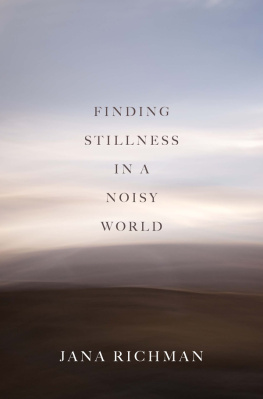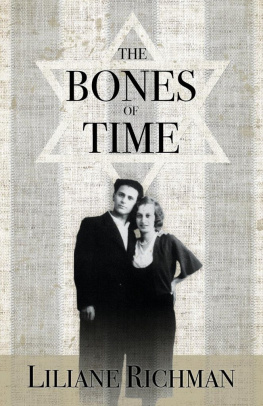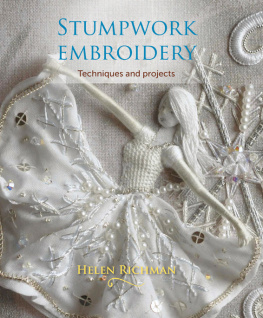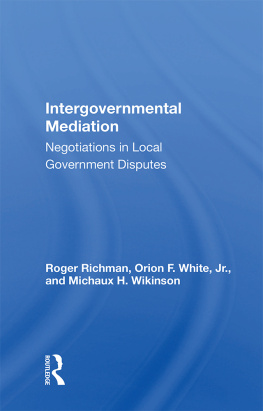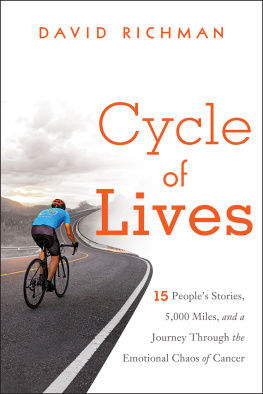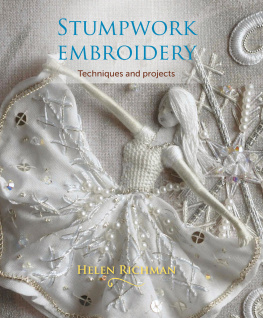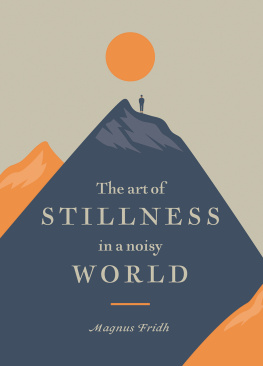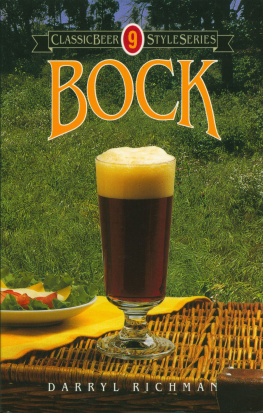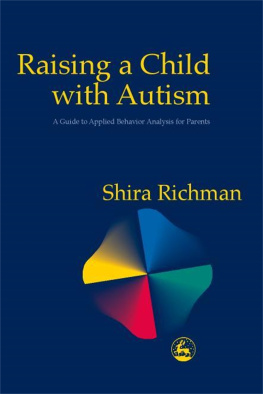Copyright 2018 by The University of Utah Press. All rights reserved.
The Defiance House Man colophon is a registered trademark of The University of Utah Press. It is based on a four-foot-tall Ancient Puebloan pictograph (late PIII) near Glen Canyon, Utah.
Names: Richman, Jana, 1956- author.
Title: Finding stillness in a noisy world / Jana Richman.
Description: Salt Lake City : The University of Utah Press, [2018] | Identifiers: LCCN 2017060285 (print) | LCCN 2017061596 (ebook) | ISBN 9781607816270 (ebook) | ISBN 9781607816263 (pbk.)
Classification: LCC PS3618.I348 (ebook) | LCC PS3618.I348 A6 2018 (print) | DDC 813/.6--dc23
Printed and bound in the United States of America.
ACKNOWLEDGMENTS
The noise of the world seems to increase with each passing year, while my tolerance for it decreases. We are told to make our voices heard, which eventually, in my experience, results in a deafening roar with no recognizable message. Instead of insisting on being heard, what if we all sat in stillness for a while? What, one wonders, would be the result of that?
Each of the essays in this collection, in its own way, demanded stillness from me. I thank those who provided me with space and silence in the physical sense: M. B. and Chuck McAfee who bigheartedly offered me the great gift of time spent at their sweet cabin on the Dolores River, and the generous founders and staffparticularly Deb Fordof Playa Artist Residency, a desert sanctuary.
I thank those who provided me with the opportunity for solitude in a hundred small ways that add up to long stretches of time: my clan in the community of Escalante, Utah, the members of which continue to let me know that I am welcome at any social gathering even after Ive declined 99 percent of them; my bosses and colleagues at eLearning Innovation who believe that work is work and life is life, and a life should be filled with more than work; and the activists who fight tirelessly for open space where stillness endureshowever vulnerablybecause they know humans cannot thrive without it.
Many thanks to fellow writers Dorothee Kocks, Jane Gerhard, Amie Tullius, Melanie Bishop, Steve Trimble, Thomas Lowe Fleischner, and Barbara K. Richardson for being wise and conscientious readers of this work and responding with advice,encouragement, good company, wisdom, food, editing, and friendship.
Thanks to John Alley for his steady direction and editing adroitness, and to John and others at the University of Utah Press for the knowledge and care brought to bear on this and every book they publish.
To Doug Stewart, my agent, who has never been anything but kind, wise, and generous with his guidance, I owe a great debt of gratitude.
As always I thank Steve Defa for believing in the sanctity of solitude and the power of stillness but mostly for knowing that writing is part of my souls code.
PREFACE
My first real love was an anthropomorphized pig named Wilbur who shared his pigpen with his wise and loyal friend Charlotte. I identified strongly with Wilbur, a pathetic runt prone to self-pity and easily moved to blubbering hysterics. Wilbur and I spent our early years in much the same manner: desperate for friends, shunned by barnyard animals, and seeking fun, frolic, and warm straw into which we could burrow knowing we were safe and loved. Our search for such an existence gave purpose to our lives.
Charlottes Web was first published in 1952, four years before I was born. In my memory, I got the book in first grade, although upon reading Charlottes Web as an adult, the book seems too sophisticated for someone in her Dick and Jane years, and I was not a precocious child by any measure. Nonetheless, I cling to the memory of discovering Wilbur early and holding him close throughout my grade-school years.
My next real love was Wilburs creator. E. B. White was the humorous, storytelling father I never had. I gaze at pictures of him, each one of them sporting the faceand often the suit coat if not the necktieof the stern but fair father, his quick wit cloaked by his ubiquitous civility.
Nearly thirty years would pass between my childhood discovery of White and my adult rediscovery of him. During that time, I engaged in the necessary stumbles of life. I flunked out of college, became a bride at 17 and a divorcee soon thereafter, went back to college, became an accountant, made money, lost money, quit counting, married again, and divorced again beforeI came upon Whites work when a professor recommended The Elements of Style to make up for my spotty education in the basics of good writing. But it wasnt until just past my fortieth birthday, when in a graduate writing program I was assigned to read Whites essay Once More to the Lake, that I began to grasp the quiet magnificence of Whites work. Since then, I have kept him close, always turning to his essays when I need a dose of humanity, humor, and good sense.
Starting in 1938 and continuing until 1943, White published a monthly piece in Harpers Magazine under the heading One Mans Meat, and in 1942, a collection of essays under the same title, which was expanded in 1944. I found a tattered 1944 edition of One Mans Meat on a dusty shelf in a used-books store next to four other volumes of Whites work. I bought them all and wrote my name inside the front covers, a show of permanence. The 1944 edition of One Mans Meat is now covered with yellowing tape as I attempt to keep it together for as long as I, myself, manage to stay together.
My working title for this collection of essays was One Womans Meat. I borrowed Whites title with reverence, trusting that White may have found humor in the dubious honor. If I were a good enough writer to steal more from White than his titlehis spot-on prose or his keen observance of human dilemmaI would not hesitate, but, alas, Im limited by my own deficiencies. I borrowed Whites title as motivation for clean prose and grammatical correctness, both apt to fall short of their mark.
In the foreword of my edition of One Mans Meat, White describes the collection of essays as a personal record... which I wrote from a salt water farm in Maine while engaged in trivial,peaceable pursuits, knowing all the time that the world hadnt arranged any true peace or granted anyone the privilege of indulging himself for long in trivialities.
That seems a perfect description of what I have collected here: a personal record written from a small shed set under the junk trees on my town parcel in Southern Utah while engaged in trivial and usually peaceable pursuits. Though I hear nothing from my shed at the moment but the singsong of crickets and an occasional complaint from a dog disturbed by one of fewer than eight hundred people or one of more than eight hundred skunks in town, Im not fooled into thinking the world has arranged any truer peace now than it had in 1938 when White began the essays later published as

